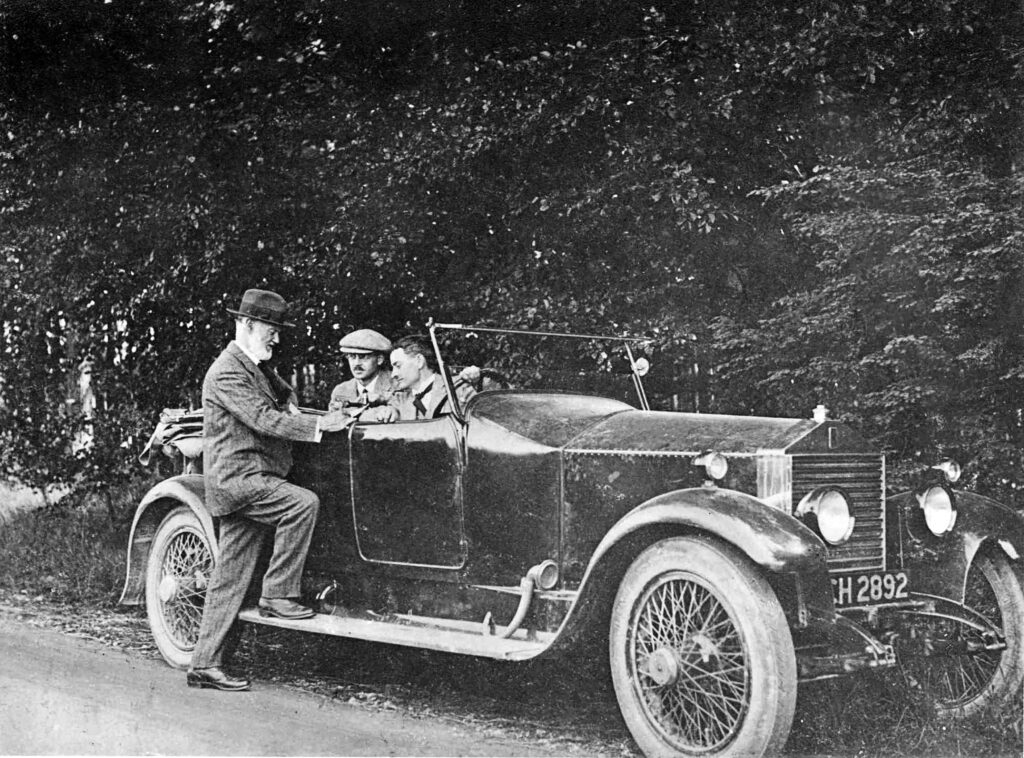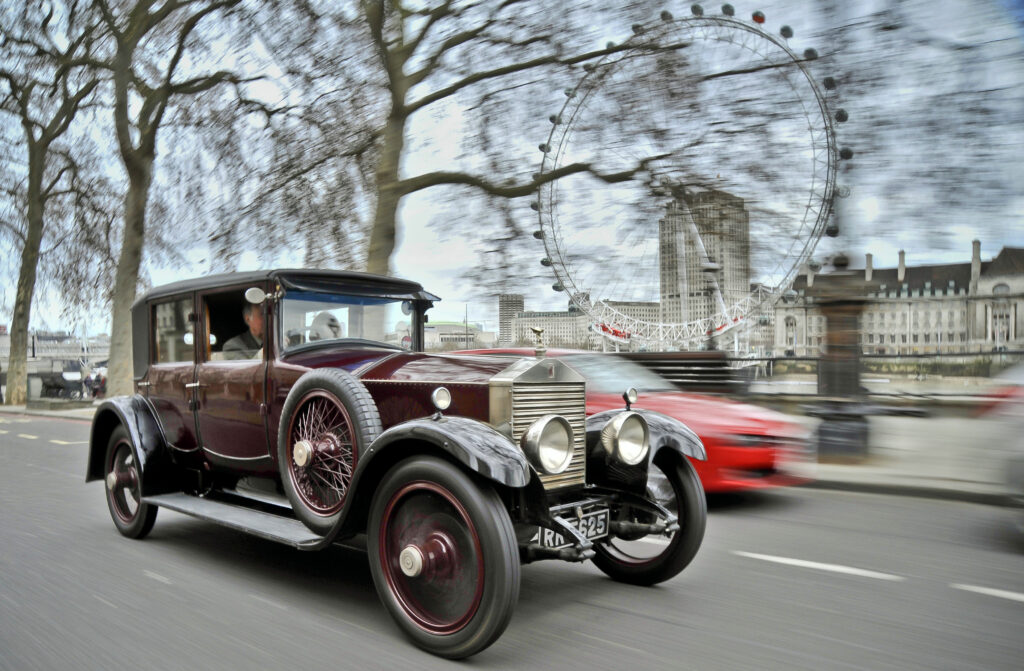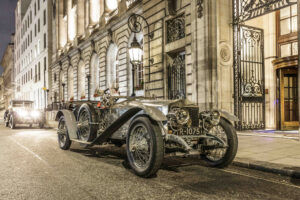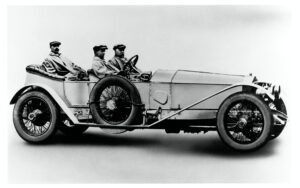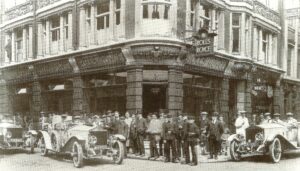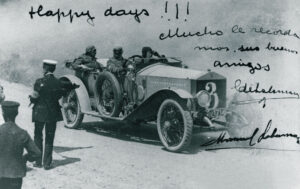Rolls-Royce Motor Cars London kicks off the summer sporting season by inviting patrons to enjoy one of the most sought-after highlights in the sporting summer season
Rolls-Royce Motor Cars London kicks off the summer sporting season by inviting patrons to enjoy one of the most sought-after highlights in the sporting summer season: a day at The Hurlingham Club Tennis Classic.
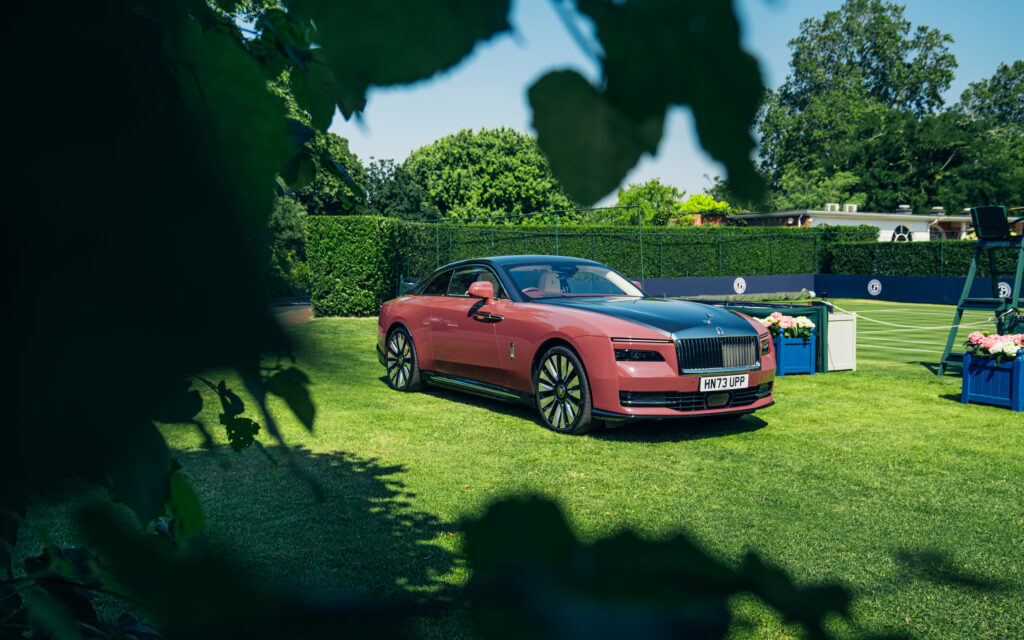
Rolls-Royce Motor Cars is fortunate to have personal relationships with its clients around the world, and an intimate understanding of the unique and remarkable world in which its patrons live. It is therefore fitting that the marque serves a gentle presence at some of the world’s most luxurious locations and events, where existing owners and those wishing to learn more about the brand can enjoy the Rolls-Royce experience in a different, yet highly appropriate setting.
Rolls-Royce Motor Cars London kicks off the summer sporting season by inviting patrons to enjoy one of the most sought-after highlights in the sporting summer season: a day at The Hurlingham Club Tennis Classic. Speaking on the eve of the event, Claus Andersen, Brand Director of Rolls-Royce Motor Cars London, said, “Crafting and delivering unforgettable experiences is a cornerstone of our commitment to clients. Hosting patrons and media at The Hurlingham Club is just one of the many highly personal encounters and memorable experiences we offer, and is indicative of the marque’s unique approach to connecting with its audience.”
Claus Andersen, Brand Director, Rolls-Royce Motor Cars London
Since its opening in 1869, The Hurlingham Club, with its croquet and tennis lawns, and beautifully manicured gardens, has been a sought-after destination, renowned for its sporting prestige, lifestyle events and social occasions. Located on the River Thames, only a few miles away from the marque’s flagship showroom in the heart of Mayfair, The Hurlingham Club, is a glorious place to meet old friends and new.
Rolls-Royce Spectre, the marque’s ultra-luxury all-electric super coupé, will be making its debut at the event, accompanied by an exquisite collection of other Rolls-Royce motor cars which showcase just some of the marque’s legendary Bespoke possibilities.

